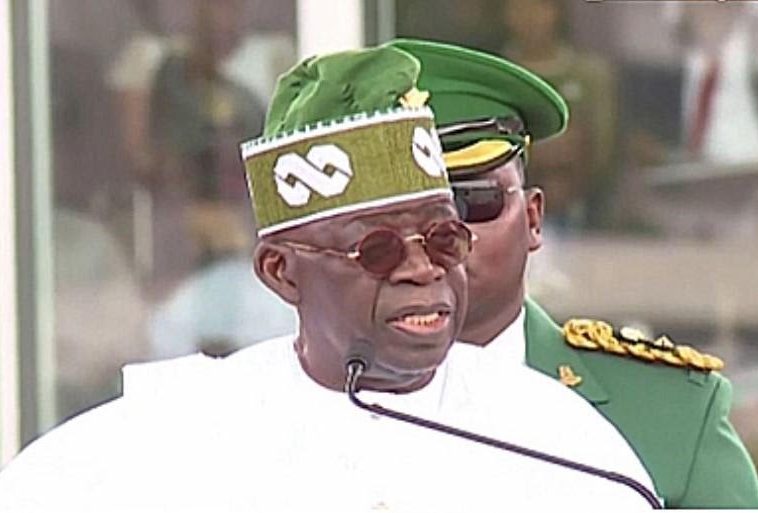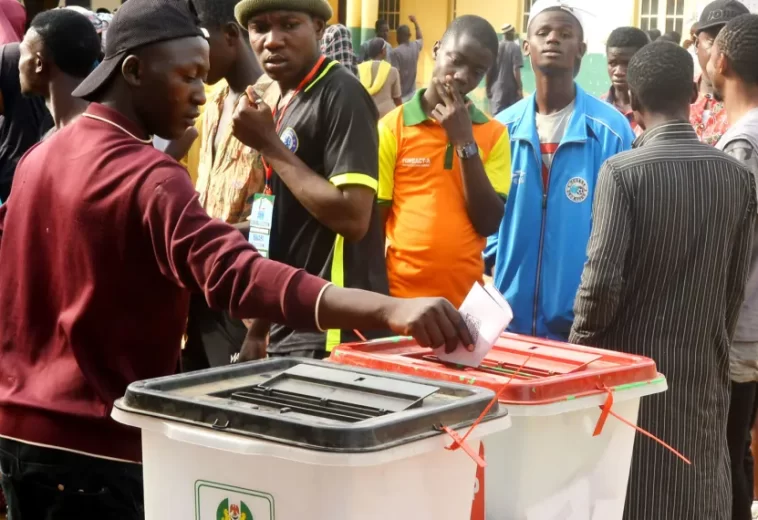Migration continues to be a defining global phenomenon, influencing socio-economic, political, and cultural spheres. Europe and Africa, both regions with significant migrant populations, have developed elaborate frameworks to manage and protect migrant rights.
Europe’s Advanced Legal and Policy Structures
The EU recorded approximately 630,000 asylum applications in 2021, marking a 33% increase from 2020, driven largely by conflicts in the Middle East and Africa. Recognition rates for asylum seekers vary significantly among EU countries, with Germany at 57% and Hungary below 10% in 2021. As of 2020, non-EU nationals residing in the EU numbered around 23 million, constituting about 5% of the total population.
Europe has established a sophisticated and multi-layered framework for migrant rights, driven by historical, economic, and humanitarian imperatives. The European Union (EU) and its member states, alongside the Council of Europe, have developed extensive legal and policy measures to ensure the protection of migrants.
Charter of Fundamental Rights of the European Union: The Charter, legally binding since the Treaty of Lisbon in 2009, codifies a broad spectrum of rights applicable to all individuals within the EU, including migrants. Article 18 specifically guarantees the right to asylum, reflecting the EU’s commitment to international protection standards.
European Convention on Human Rights (ECHR): Ratified by all EU member states, the ECHR is a cornerstone of human rights protection in Europe. Key provisions include Article 3, prohibiting torture and inhuman or degrading treatment, and Article 8, ensuring the right to private and family life, both critical in protecting migrants.
Common European Asylum System (CEAS): Established to harmonize asylum procedures across the EU, CEAS comprises several directives and regulations, including the Dublin Regulation, which determines the member state responsible for processing asylum applications. Despite its comprehensive nature, CEAS faces criticism for uneven implementation and inadequate burden-sharing among member states.
Temporary Protection Directive: Activated in response to mass influxes of displaced persons, this directive provides immediate and temporary protection to those unable to return to their home countries, as seen during the 2022 Ukrainian crisis.
European Border and Coast Guard Agency (Frontex): Strengthened to manage the EU’s external borders more effectively, Frontex plays a vital role in migration control, including search and rescue operations and combating human trafficking.
Africa’s Evolving Frameworks Amidst Diverse Challenges
Africa’s migration is characterized by significant intra-continental movements, driven by economic opportunities, conflicts, and environmental factors. An estimated 80% of African migration is within the continent, driven primarily by economic opportunities and safety concerns. In 2020, there were about 25 million international migrants in Africa. The continent hosts over 30% of the world’s refugees, with approximately 7 million refugees and asylum seekers across the continent as of 2021.
The African Union (AU) and regional bodies have been instrumental in developing frameworks to protect migrant rights, although implementation remains a challenge in many countries.
Migration Policy Framework for Africa (MPFA): The MPFA, revised in 2018, offers comprehensive guidelines for AU member states to develop migration policies that protect migrants’ rights, combat irregular migration, and maximize the developmental benefits of migration.
Protocol on Free Movement of Persons: Adopted in 2018, this protocol aims to facilitate intra-African mobility by granting the rights of entry, residence, and establishment. However, ratification and implementation have been slow, with only a few countries having ratified the protocol to date.
Regional Economic Communities: ECOWAS and SADC have developed regional frameworks to enhance migrant rights and facilitate mobility. Since its adoption in 1979, the ECOWAS Protocol on Free Movement has significantly enhanced regional mobility, allowing ECOWAS citizens to move freely, reside, and establish businesses within member states. While the SADC Protocol on Facilitation of Movement of Persons was adopted in 2005, this protocol’s implementation has been hampered by varying national interests and capacities.
READ ALSO: Driving Value Addition in Botswana’s Diamond Industry
Khartoum and Rabat Processes: These inter-regional dialogues between African and European countries aim to enhance cooperation on migration and development issues, focusing on combating human trafficking and smuggling, and improving migration management.
While the EU boasts a comprehensive legal framework, the effectiveness of these measures varies. Challenges include disparities in asylum application processing, inconsistent recognition rates, and uneven burden-sharing among member states. Frontex’s expanded role has improved border management but also raised concerns about human rights violations. Reports of pushbacks at borders, inadequate reception conditions, and prolonged detention periods highlight ongoing human rights concerns. The European Court of Human Rights frequently addresses violations, underscoring the need for better compliance and enforcement.
African frameworks, though well-articulated, often suffer from weak implementation due to limited resources, political instability, and varying national interests. The slow ratification of the Protocol on Free Movement of Persons highlights these challenges. Regional initiatives like the ECOWAS Protocol have had more success, demonstrating the potential for regional cooperation. Migrants in Africa face significant risks, including xenophobia, exploitation, and inadequate access to basic services. Conflicts and political instability exacerbate these issues, with internally displaced persons (IDPs) often lacking adequate protection.


